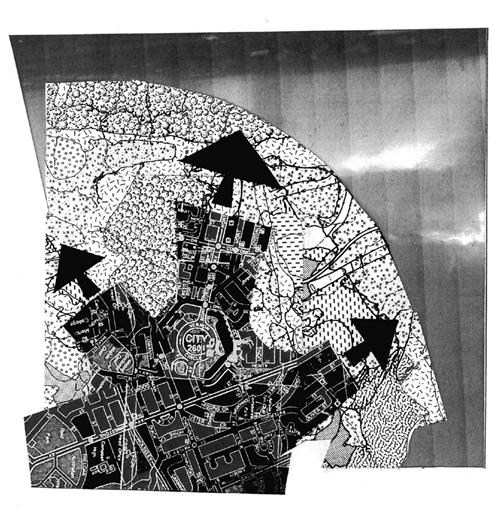Development approvals
Most development applications are determined by ACTPLA. ACTPLA can decide to approve a development as per the DA, or it may decide to approve the development subject to conditions. If a development application has been referred to an entity then the notice of the decision about the DA must include information about any comment by the entity and whether ACTPLA followed the entity’s advice. ACTPLA can also refuse a DA (s 162). The minister will determine those DAs that have been ‘called in’ under the ministerial call-in power as allowed at Division 7.3.5 (see below for more information).Conditional approvals
Conditional approvals can only be given for developments assessable in the merit or impact tracks. A code track proposal must not be approved subject to a condition unless the condition has been prescribed by regulation (s 165(4)). Some examples of conditions that may be imposed on code track proposals under the Planning Regulation (r 29) include:- that information relating to compliance with stated conditions be given to ACTPLA
- that the development be carried out within a stated period
- that a stated action be taken to manage the impact of the development, whether on or off the development site, for example, the protection of trees
- that a bond be entered into securing performance against the conditions of the approval.

Offset conditions
Where a development approval identifies a protected matter that is likely to suffer a significant adverse environmental impact, section 165B requires an ‘offset’ to compensate for the impact. An offset condition may also include a requirement for an offset management plan. The plan must be prepared by the proponent and must include certain information including how the effectiveness of the plan is to be monitored and reviewed. An offset management plan must be agreed to in writing by the conservator and approved by the minister.Ministerial call-in power
The minister has the power to direct ACTPLA to refer a DA to the minister if the DA has not been decided (div. 7.3.5). This power does not extend to an application for a development proposal in the code track. When a referral direction is made, ACTPLA cannot take any further action in relation to the application other than procedural steps (unless otherwise directed) such as referring the application to an entity if required, for example, the conservator (s 158). The minister may decide to consider the DA if, in the minister’s opinion, it either raises a major policy issue, may have a substantial effect on the achievement or development of the objects of the TP, or would provide substantial public benefit should the DA be approved or refused (s 159). However, before the minister is allowed to form an opinion to consider a DA, he or she must be satisfied that the level of community consultation carried out by the proponent of the development proposal was sufficient (s 158A). In doing this the minister must consider matters such as the nature of the proposal, whether preDA community consultation was undertaken (see s 138AE above), the information from referred entities if any, whether and what public notification was made and the representations received, if any. The minister must also consider the level of community awareness about the proposal and whether it has had an opportunity to have discussion and debate about the development proposal. For example, the minister must consider any information about the outcome of community consultation carried out by the proponent. If the minister is not satisfied that sufficient community consultation has been undertaken then he or she must refer the application back to ACTPLA for further action or direct ACTPLA to extend the public notification period during which the community can make representations and/or to obtain further information in relation to the development application. If the minister decides to consider the DA he or she must notify ACTPLA and the applicant of this intention (s 160(2)). The minister must also ensure that ACTPLA’s comments accompany the application being considered. When the minister decides a development application, the development approval may be inconsistent with the conservator’s advice pursuant to a section 147A referral (development applications involving protected matter to be referred to conservator) if the minister is satisfied that the approval is consistent with the offsets policy and would provide a substantial public benefit (s 128(2)). If the minister does make a decision on a DA he or she must present the following information to the Legislative Assembly no more than three sitting days after making the decision:- a description of the development
- details of the land where the development is proposed to take place
- the applicant’s name
- details of the minister’s decision
- the grounds for the decision
- a summary of the community consultation, if any (s 161(2)).
 Copyright © by the contributing authors. All material on this collaboration platform is the property of the contributing authors.
Copyright © by the contributing authors. All material on this collaboration platform is the property of the contributing authors. Ideas, requests, problems regarding AustLII Communities? Send feedback
This website is using cookies. More info.
That's Fine
